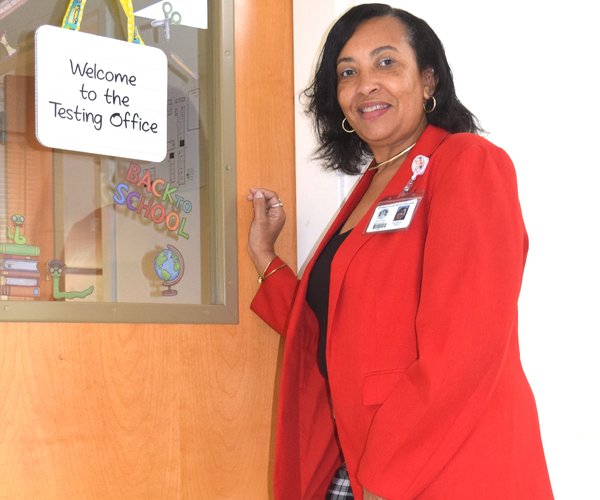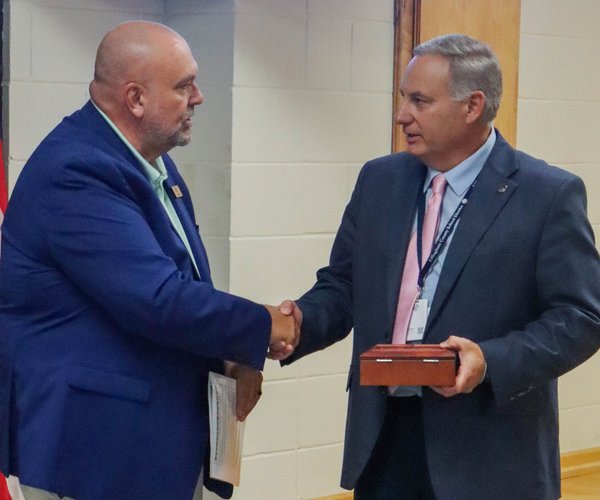Effingham County School Superintendent Randy Shearouse laid out options to the Board of Education on Thursday night to cut costs for pre-k and was met with concern from parents and teachers throughout the county.
Budget cuts for next school year will not be certain until the end of April, but the BOE is preparing to slash about $7 million. This would not include furlough days and cuts in equalization funds that redistribute wealth to poorer counties in the state. Last year, Effingham schools lost more than $11.5 million, with over $8 million in austerity cuts and approximately $3.5 million from cuts in equalization funds. There is also concern about drops in local property tax revenue.
Shearouse presented three options for reducing the local costs of pre-k, as an area to amass savings. He explained that pre-k operates through a different funding mechanism than the rest of the system. The school board receives a grant from the Georgia Lottery Corporation, which pays for things such as teachers and paraprofessionals. It does not pay for the basic costs of operating the facilities that house the pre-k’ers. This includes energy bills, custodial staff and nurses.
The first option is to continue operating with two pre-k facilities for each end of the county, Marlow Learning Center and Central Learning Center. The second is to consolidate both campuses at the old ECMS, which would save on duplicated services and employees. The estimated savings would be around $300,000.
However, there is concern over whether the remodeling will be completed in time and how good it would be for 4-year-olds to be bused for long periods of time from the south end of the county. There was also a suggestion of consolidating both schools into MLC.
For pre-k parent Letita Shuman, the concern was for safety in moving to the old ECMS and the cost lost from building the new learning centers and letting them go unused for two years or more, as well as the transportation issue.
“Not only just the ride itself, they’re waiting at other schools for children and then riding home,” Shuman said.
The third option would be to integrate pre-k into the elementary schools by bumping up class sizes by two to three children to free up space. Pros include a potential two-year savings between $1.2 million-$2.5 million and that students would be in schools and on buses with their siblings. Concerns include availability of space and issues of behavioral differences between 4-year-olds and 5-year-olds, such as sitting through assemblies and crying in the morning.
Debbie Snooks, a pre-school teacher for special needs students, was worried about whether her students would get the extra help they need if they were integrated with the elementary schools, especially those who need to go to pre-school intervention programs and may miss academic time being bused around.
“It’s quite difficult to serve each child the way they need to be served and to keep children that are bigger and maybe more aggressive from the little 3-year-old that just simply needs to be made to do some things in their lives and begin their school process,” Snooks said.
Snooks also mentioned the difficulty of keeping preschoolers from disrupting fifth graders, particularly during testing like the CRCT.
Other teachers and parents brought up similar thoughts on the three options, emphasizing the difference between preschool and kindergarten, the importance of having both and the burden of cuts being placed on pre-k.
“We like to drive the best car we can drive. I think the option or model we have currently is definitely a Cadillac, but these are tough times and we’re trying to manage these tough times without having to lay off anyone and do the things we do not want to do,” Shearouse said, “so we may have to scale it back a little bit in order to save some money.”
Board members and the superintendent are open to ideas and concerns from stakeholders in the county and a decision likely will be made at the next board meeting, April 7 at 2 p.m.








